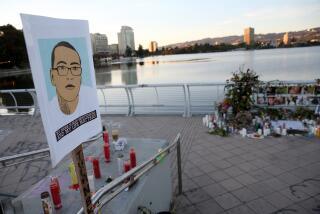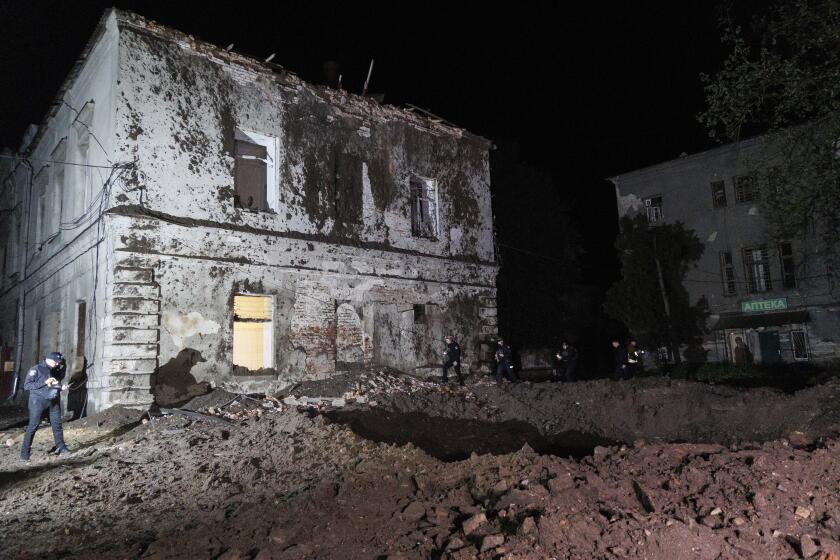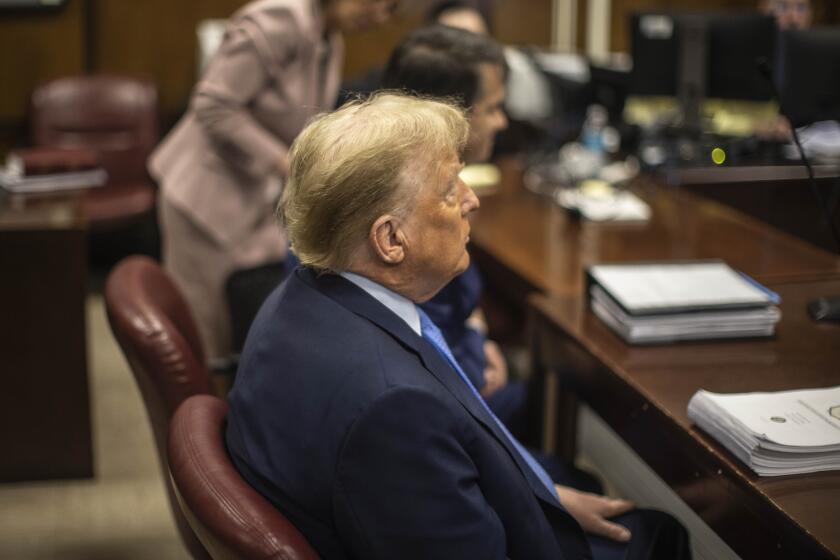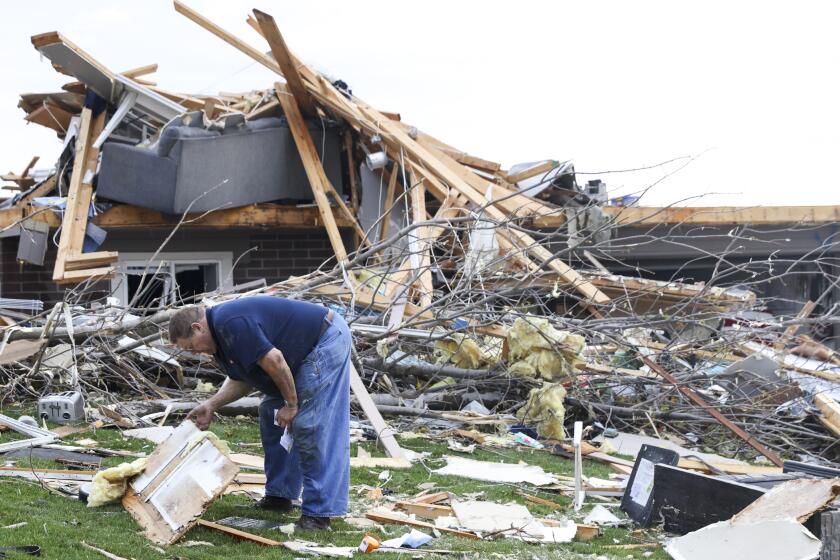Zimmerman murder trial: Trayvon Martin’s DNA not on the gun, expert testifies
Evidence submitted at George Zimmerman’s murder trial Wednesday showed none of his DNA under Trayvon Martin’s fingernails, and none of Martin’s DNA on the gun the neighborhood watch volunteer used to kill the unarmed teenager.
The prosecution in the closely watched Florida murder case had been expected to finish its case on Wednesday, but the complicated scientific evidence on DNA and the detailed cross-examination kept the proceedings going through the afternoon. The trial resumes Friday morning after the sequestered jury takes a day off for the Fourth of July.
Zimmerman, 29, is charged with second-degree murder in the shooting of Martin, 17, during a confrontation in a gated community in Sanford, Fla., on Feb. 26, 2012. Zimmerman insists he shot Martin in self-defense after the two fought.
The extent of the pair’s battle and the injuries Zimmerman sustained have been under the legal microscope for days as the sides battled over details and what evidence would, or would not, support his self-defense claim.
On Wednesday afternoon, science took over as the prosecution called Florida Department of Law Enforcement DNA expert Anthony Gorgone.
After explaining how DNA tests were done, Gorgone said none of Zimmerman’s DNA was found under Martin’s fingernails or on the hooded sweatshirt Martin wore. The prosecution maintains that the lack of DNA undermines Zimmerman’s claim of self-defense.
In addition, Martin’s DNA was absent from the gun that Zimmerman used to shoot the teenager, which the prosecution says means that the youth never touched the weapon. Zimmerman’s DNA, however, was found on blood on a shirt that Martin wore underneath his sweatshirt.
Under cross-examination by defense attorney Don West, Gorgone agreed that it appeared Martin’s clothes were improperly stored, which could have had an impact on the evidence. The clothes were put in a plastic bag while wet, then that was put inside a paper bag. It would have been better to dry out the clothes or to have used only paper bags.
When he opened the bags, Gorgone testified, the clothes smelled, possibly of mold or ammonia.
Earlier, Judge Debra S. Nelson ruled in favor of a prosecution motion to admit Zimmerman’s school records, his job application to a Virginia police agency and his request to the Sanford police to go on a ride-along with officers. The defense had argued that the records were irrelevant to what happened on the rainy night when Zimmerman and Martin clashed.
The prosecution is hoping the records and applications will support the theory that Zimmerman was a wannabe cop who became increasingly frustrated by crime in his gated community. When Zimmerman saw Martin, the prosecution maintains, the neighborhood watch volunteer profiled the African American teenager, followed him and then had a confrontation that led to Martin’s death.
Zimmerman “has applied to be a police officer before, he still wants to be one; according to some of his homework assignments ... this wasn’t some sort of passive thing,” said prosecutor Richard Mantei.
Defense attorney Mark O’Mara referred to the prosecution’s efforts to introduce the documents as “a witch hunt.” O’Mara said if prosecutors start bringing up Zimmerman’s past, the defense will seek to dig into Martin’s past.
“We have taken pains not to get into Trayvon Martin’s school records,” O’Mara said on Tuesday and repeated on Wednesday. He argued that allowing Zimmerman’s records into evidence could open the door to the defense to bring in Martin’s history, including incidents of fighting.
Nelson said she didn’t want to hear arguments on the Martin issue.
After Nelson’s ruling, the jury entered the courtroom and heard from Army Capt. Alexis Francisco Carter, who taught the course that Zimmerman took at Seminole State College. Zimmerman “was probably one of the better students in the class,” earning an A, Carter said.
He went on to say that that Florida’s “stand your ground” self-defense law was a frequent topic of discussion in the class. “I remember talking about it quite a few times,” Carter said.
On cross-examination, defense attorney Don West questioned Carter about self-defense law as he taught it. The questioning was part of an effort to show the jury how the defense’s theory of self-defense was supported. Zimmerman has said he was repeatedly hit by Martin, but the prosecution counters that his injuries were minor, implying that Zimmerman was not being accurate.
Carter testified that injuries aren’t required for a valid self-defense claim, but that they can support the premise that a person had a “reasonable fear” of harm or death. A situation can turn deadly very quickly, he said. “Things can change in a matter of moments.”
michael.muskal@latimes.com
ALSO:
Widow of fallen Arizona firefighter recalls his last day
Arizona wildfire: ‘We could lose everything’ is a shared fear
Medical examiner calls Zimmerman’s injuries ‘very insignificant’
More to Read
Start your day right
Sign up for Essential California for news, features and recommendations from the L.A. Times and beyond in your inbox six days a week.
You may occasionally receive promotional content from the Los Angeles Times.







